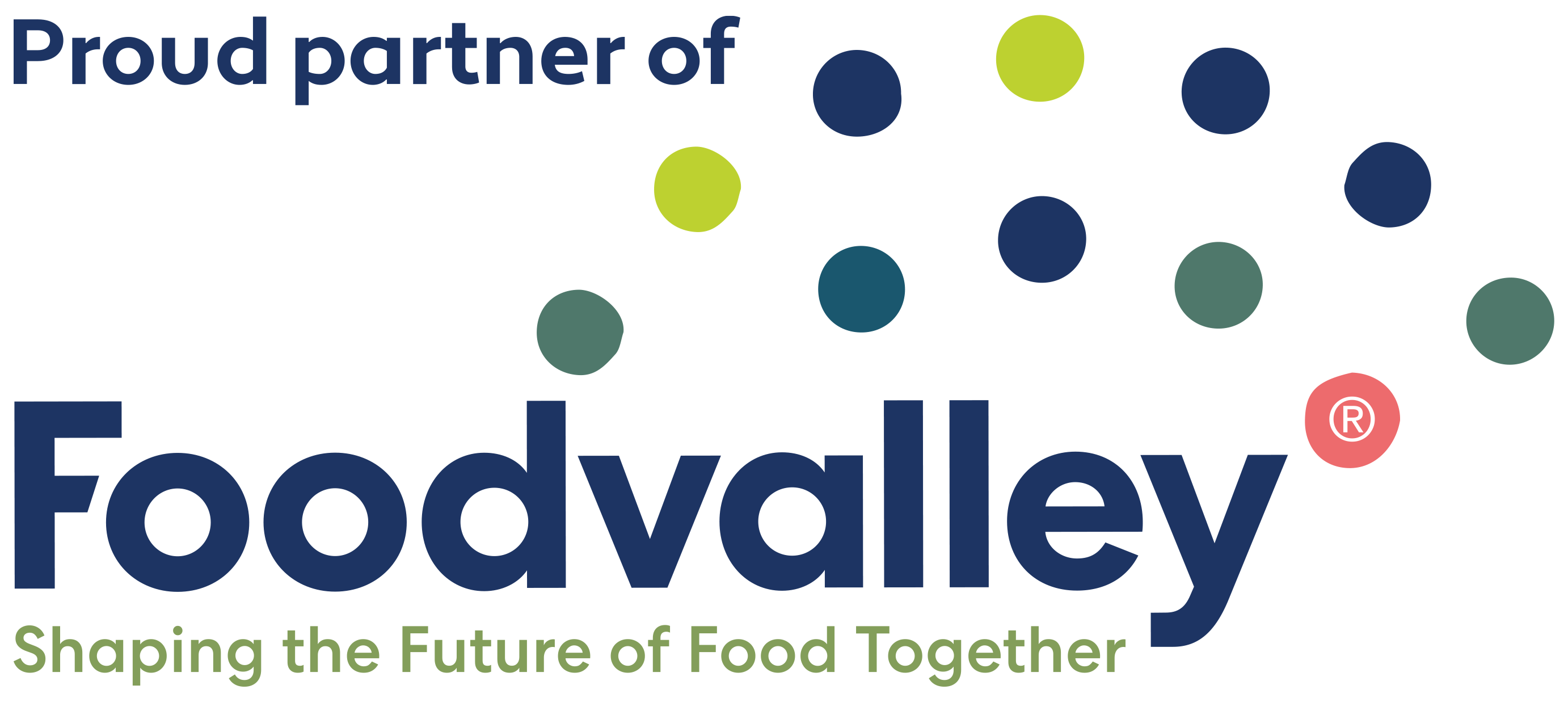How much food Is wasted worldwide?
The FAO (Food and Agriculture Organization of the United Nations) estimates that 1.3 billion tonnes of food are wasted annually, nearly one-third of global food production. This waste could feed approximately 2 billion people every year.
At the same time, nearly 690 million people worldwide faced hunger in 2019, and this number likely grew by 130 million during the pandemic. Addressing issues like bread waste management, production, transportation, and storage inefficiencies could significantly reduce global hunger.
Understanding food loss and waste
Globally, 30% of food waste is divided into two categories:
- FLI (Food Loss Index) - food that is wasted during production, even before it is sold (14% of the food produced in the world)
- FWI (Food Waste Index) - food that is wasted at distributors (wholesalers, shops, restaurants) and consumers.
In the Global South, higher FLI is due to challenges such as inadequate food storage and transportation, which lead to spoilage and mould. In Africa, 10-20% of harvests are lost in this way.
Meanwhile, in the Global North, food waste is caused by issues such as oversized portions in restaurants, poor meal planning and the discarding of, for example, unsold bakery products due to their short shelf life.

Too crooked, too ripe
Consumers are responsible for 60% of global food waste. We tend to choose only the best-looking fruits and vegetables, while stores reject produce that doesn't meet strict standards for size, shape or ripeness.
These restrictions often lead to unsold food and produce waste. While some items are repurposed for juices or breadcrumbs, many are thrown away, creating lost opportunities for further reuse in food waste fermentation or surplus-to-purpose initiatives.
To tackle this, promotions on items nearing expiration and clearer labeling of “best before” (often good after the ending date) and “use by” (last date recommended for the use of the product) dates are usually implemented to educate shoppers and reduce waste. Large grocery chains are also legally required in some countries and regions to donate unsold bread and other food to charities, but many opt to pay minimal fines instead.
However, taking into account the shorter shelf life of such products as bread (1-2 days) and the acceptance level of products that are no longer 100% fresh, the loss of bread before and at the donation centre is assumed to be 20%. Many food banks tend to refuse receiving bakery products in the first place, as they are not priority foods for them.
The environmental cost of food waste
Food waste has a devastating environmental impact. Nearly 28% of global agricultural land is used to produce food that is never eaten, wasting water, energy, using pesticides and contributing to deforestation.
The fishing industry is similarly affected, with 35% of seafood wasted, often due to overfishing or spoilage. Adding to the problem is excessive packaging, particularly plastic, which ends up in landfills along with discarded food.
Shockingly, 8% of global greenhouse gas emissions come from food waste. The water wasted producing uneaten food could provide 200 liters per person per day for 9 billion people.

Preventing bread waste and improving efficiency
One of the key goals of the 2030 Agenda is to halve global food waste during production and distribution. Improving bakery efficiency by aligning production with demand, storing food properly, and utilizing every part of raw materials can significantly reduce waste.
For bread, solutions like extending bread shelf life, upcycling bread surplus and edible side streams, or using different fermentation methods for bread waste valorisation align with this mission.
Upcycled food: from surplus to purpose
Upcycling transforms surplus bread and other food into new, wholesome products. This waste-to-raw-material process reduces food waste, creates jobs, and introduces innovation into the food sector.
According to Upcycled Food Association, “upcycled foods use ingredients that otherwise would not have gone to human consumption, are procured and produced using verifiable supply chains, and have a positive impact on the environment”.
Another definition states that this process, as opposed to recycling (recovering raw materials in general) or downcycling (recovering raw materials to create new products, but of lower quality than those from which they were created), makes food more valuable and that the products produced in this way are intended primarily for human rather than animal consumption. Examples include juice pulp as the base of carrot cake, chutney made from banana peels, pesto made from radish leaves, energy bars made from coffee fruit or soft drinks made from surplus bread. Some innovative ways of bread valorisation can be found in our "Crumbling the Barriers" report.

Food Recovery Hierarchy
The EPA (Environmental Protection Agency) has developed a Food Recovery Hierarchy to guide sustainable food practices:
- Source reduction: preventing waste and reducing food production to match consumption.
- Feed hungry people: donating food, but also upcycling surpluses into further human consumption.
- Animal feed: Repurposing food unfit for humans.
- Industrial uses: Using food waste in bioplastics or biofuels.
- Composting: Converting food waste into fertilizers.
- Landfill/Incineration: Last resort to disposal
At Rebread, our focus on bakery resource efficiency aligns with these principles to ensure that bread waste solutions prioritise human consumption.

Conscious consumers appreciate upcycled food
Upcycling empowers consumers and businesses to fight food waste, supporting the #ZeroWaste movement while conserving resources and counteracting global warming.
Studies, like one by Drexel University conducted in 2017, show that upcycled food is increasingly recognized as sustainable and socially beneficial. With proper marketing, consumers may consider upcycled products equal to or even superior to organic ones. Upcycling food was also recognised as one that has a positive impact on society.
From individuals to corporations, addressing waste at every level can promote sustainable bakery practices and create a circular food economy.

.png)





